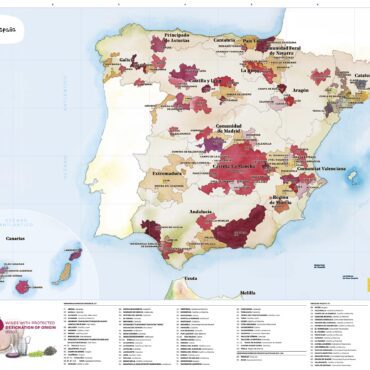-
 play_arrow
play_arrow
BayRadio Listen Live Broadcasting in Spain


Kidney stones often go unnoticed and are only noticed when they begin to move from the kidney and clog the urinary tract, generating what’s often referred to as renal colic.
Kidney stones, also called urolithiasis or nephrolithiasis, is a disease caused by the presence of calculi or stones inside the kidneys or urinary tract (ureters or bladder). A stone or calculus can be as small as a grain of sand or even larger than a pearl.
“Kidney stones are of multi factorial origin and are most usually associated with genetic abnormalities, infections and dietary factors that cause the stones to develop when mineral salts build up; salts that would normally dissolve in the urine,” explained Dr. Sven Petry, chief of urology at Quironsalud Torrevieja.
The increase in solutes, the change in urinary pH and the decrease in crystallization inhibitors facilitate the process of stones forming. Eventually, stones will form when urine becomes concentrated, allowing minerals to crystallize and stick together.
Symptoms of a kidney stone
Urinary stones often go unnoticed for a long time and are only noticed when they start to move from the kidney and into the ureters (tubes made of smooth muscle that propel urine from the kidneys to the urinary bladder) where the urinary tract becomes clogged, usually causing extremely intense spasmodic pain, called colic.
“Imaging tests can easily show kidney stones in the urinary tract, such as ultrasound, simple radiology or computed tomography,” explained Dr. Araceli Amorós, urologist at Quirónsalud Alicante and Elche.
What types of people are more likely to develop kidney stones?
Any metabolic disorder such as hyperparathyroidism, hyperuricemia or autoimmune diseases such as Crohn’s can favour the production of kidney stones.
However, it must be taken into account that a sedentary lifestyle, poor water intake, an unbalanced diet and increased body weight can also cause the production of kidney stones.
Is lithiasis a chronic disease or can it be treated?
Most small kidney stones do not normally require invasive treatment. However, larger stones that cannot be expelled through the urinary tract (anything measuring upwards of 7 mm) do require interventional treatment.
“The prevention of kidney stones requires a combination of lifestyle changes and medications,” recommend the specialists at Quirónsalud.
What treatments are performed for kidney stones?
It should be noted that in stones less than 2 cm, extracorporeal shock wave lithotripsy (ESWL) is used. The ESWL technique is performed on an outpatient basis with sedation and uses sound waves to create strong vibrations (shock waves) that break the stones into small pieces so they can be more easily passed out of the body in the urine.
In endoscopy under anesthesia, on the other hand, a very thin tube with a light and camera (ureteroscope) is passed through the urethra, bladder, and ureter to the kidney. Once the stones are located, special tools (pneumatic hammer or laser) can break them into fragments that will then be eliminated by the body with the urine.
To remove stones larger than 2cm, a procedure called “percutaneous nephrolithotomy” is used, which involves the surgical removal of a kidney stone using small telescopes, no thicker than a pen, inserted through a small incision which is made on the patient’s side.
Request more information about the treatment of kidney stones at Quirónsalud Alicante or Torrevieja.
Written by: BayRadio News
Similar posts
Recent Posts
- Robotic Surgery for Prostate Cancer: What Is Radical Prostatectomy and How Does the Da Vinci Robot Improve It
- What Is Fibromyalgia? Symptoms and Treatments of an Invisible Illness That Requires Specialized Attention
- AMASVISTA Glass: 10 reasons to choose SUNFLEX glass curtains
- Robotic Surgery, Immunotherapy and Comprehensive Care Take Centre Stage at Pancreatic Cancer Conference at Quirónsalud Torrevieja
- Robotic Surgery Against Ovarian Cancer: Greater Precision, Less Pain and Faster Recovery

Ctra. Cabo La Nao, CC La Nao, Local 6 03730 Javea, Alicante, Spain
Advertise with us
Do you have a business in Spain? Do you provide a service to the expat community in Spain? Would you like your message to reach over 500.000 people on a weekly basis?
BayRadio is a community orientated radio station offering fantastic content to our many listeners and followers across our various platforms. Contact us now and find out what Bay can do for you!
Our business is helping your business grow.
BAY RADIO S.L. © 2024. ALL RIGHTS RESERVED. WEB DESIGN BY MEDIANIC







